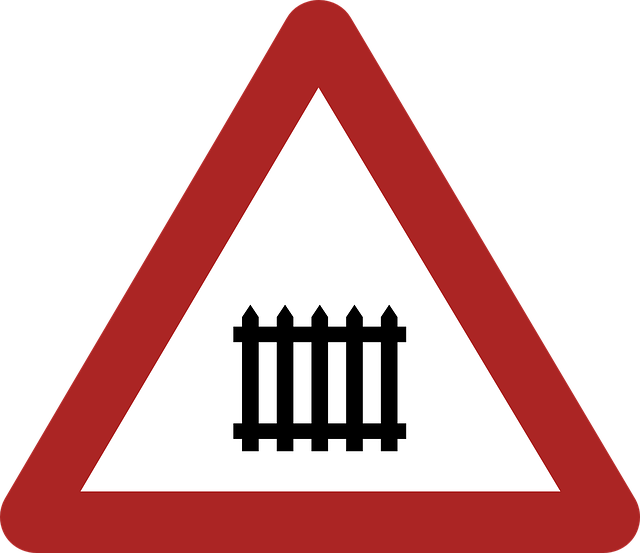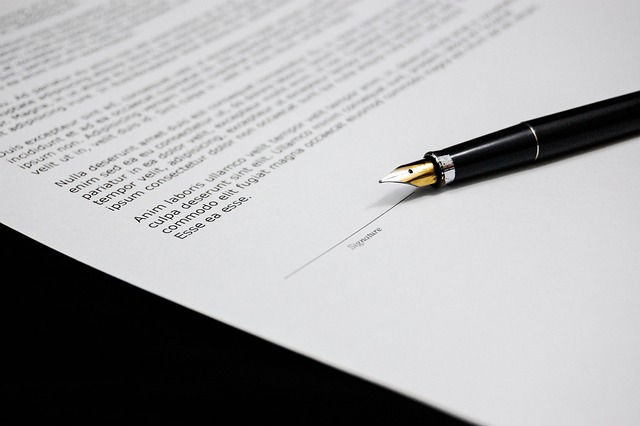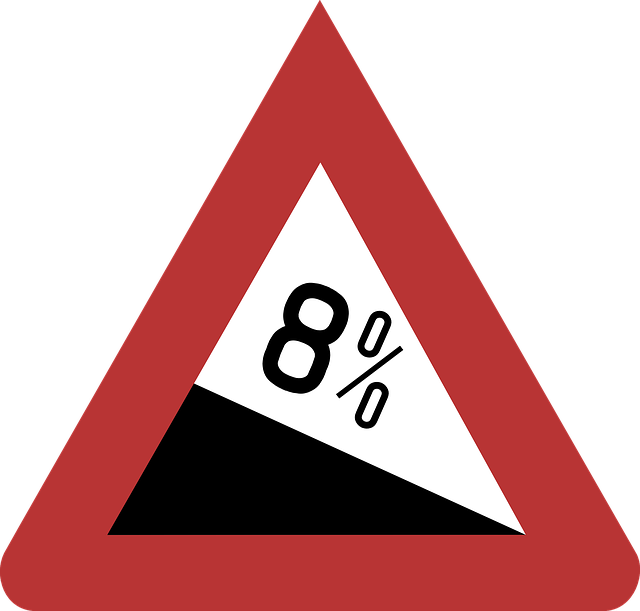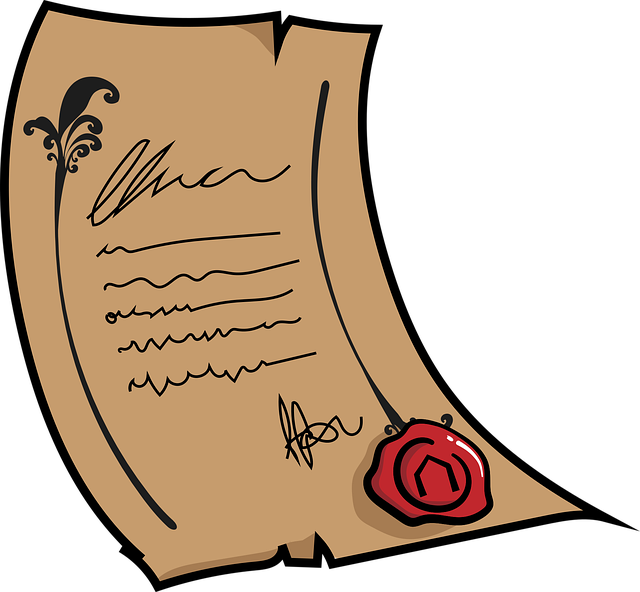In the UK, accurate translations of regulatory documents are vital for compliance across sectors, requiring qualified linguists with industry expertise and strict quality assurance (QA) protocols. Translation services for Regulatory Submission Documents UK must maintain original meaning, context, and intent while staying updated on regulatory changes. Advanced technologies, like machine translation (MT) powered by AI, enhance accuracy but require human reviewers to ensure nuances are captured. QA processes involve multiple reviews by experts, guaranteeing consistent terminology and tone. These services are crucial for industries like pharmaceuticals and finance, facilitating regulatory submissions and maintaining integrity within legal frameworks, as demonstrated in case studies.
Ensuring accuracy in regulatory document translations is paramount, especially within the UK’s stringent legal framework. This article delves into critical aspects of achieving precision in translations for regulatory submissions. From understanding intricate UK requirements to leveraging advanced technologies and adhering to legal ethics, professional translation services play a pivotal role. We explore quality assurance checks, case studies showcasing success, and best practices for maintaining consistency across multiple languages. Discover how these strategies optimize your regulatory document translation process in the UK.
- Understanding Regulatory Requirements for Translation Accuracy in the UK
- The Role of Professional Translation Services in Ensuring Precision
- Quality Assurance Checks: A Critical Step in Document Translation
- Leveraging Advanced Technologies for Enhanced Translation Accuracy
- Legal and Ethical Considerations for Regulatory Submission Documents
- Case Studies: Success Stories in Accurate Regulatory Document Translations
- Best Practices for Maintaining Consistency Across Multiple Languages
Understanding Regulatory Requirements for Translation Accuracy in the UK

In the UK, regulatory document translations are a critical aspect of ensuring compliance and transparency in various sectors. The accuracy of these translations goes beyond linguistic proficiency; it demands a deep understanding of the industry-specific terminology and legal nuances. Regulatory bodies often require that translated documents maintain their original meaning, context, and intent, adhering strictly to the source text. This is particularly important for regulatory submission documents, where even minor errors can lead to delays or rejection of the entire application.
Translation services for Regulatory Submission Documents UK must employ qualified linguists who are not just native speakers but also possess expertise in the relevant field. They should follow strict quality assurance protocols, including comprehensive editing and proofreading processes, to guarantee accuracy. Additionally, staying updated with any changes in regulatory requirements is vital. Translation companies should have systems in place to capture and incorporate these updates, ensuring that their translations remain current and compliant with UK regulations.
The Role of Professional Translation Services in Ensuring Precision

Professional translation services play a pivotal role in ensuring the precision and accuracy of regulatory submission documents, particularly in the UK context where language expertise is paramount. These services employ highly qualified linguists who possess not only fluent proficiency but also a deep understanding of the legal and regulatory jargon specific to various industries. By leveraging advanced translation technologies and quality assurance processes, professional translators can deliver seamless interpretations that capture every nuance and detail within the source document.
Unlike machine translations, which may struggle with complex terminology or cultural references, human translators offer a more reliable and contextually appropriate solution. They meticulously verify facts, figures, and dates to ensure consistency across languages while adhering strictly to the original meaning and intent of the content. Additionally, these services often provide proofreading and editing services to eliminate any errors or inconsistencies that might have crept in during the translation process. This level of expertise is essential for maintaining compliance with regulatory requirements, where even minor inaccuracies can lead to significant delays or legal complications in the UK market.
Quality Assurance Checks: A Critical Step in Document Translation

In the realm of regulatory document translations, ensuring accuracy is paramount. One critical step that often gets overlooked is Quality Assurance (QA) checks. These rigorous processes are essential for translation services providing Regulatory Submission Documents UK. It involves a meticulous review and validation of the translated content to guarantee it aligns perfectly with the source material in terms of meaning, tone, and terminology.
QA checks include multiple rounds of reviewing by expert translators, editors, and subject matter specialists. They scrutinize the document for any discrepancies, ensuring that technical jargon is accurately rendered, dates and numbers are consistent, and regulatory requirements are met. This step serves as a crucial filter, catching potential errors or ambiguities that might have slipped past initial translations, thus upholding the highest standards of accuracy in these critical submissions.
Leveraging Advanced Technologies for Enhanced Translation Accuracy

In today’s digital era, advanced technologies play a pivotal role in enhancing translation accuracy, especially within the domain of regulatory submission documents. Translation services for Regulatory Submission Documents UK often employ sophisticated machine translation (MT) engines that utilise neural networks and deep learning algorithms to deliver more precise and contextually relevant outcomes. These tools can analyse vast amounts of data from previous submissions, ensuring consistency and adherence to industry-specific terminology.
Moreover, human reviewers are integral to this process, as they quality check the machine-translated content, refining it further and identifying any nuances or technical terms that might be challenging for MT systems. This blend of technology and human expertise ensures that regulatory documents, such as safety reports, clinical trial applications, and product registration files, are translated with meticulous care, meeting the stringent requirements of global markets.
Legal and Ethical Considerations for Regulatory Submission Documents

When translating regulatory submission documents, it’s crucial to understand the legal and ethical considerations at play. These documents are often highly sensitive and critical for product approvals, market access, and compliance with stringent regulations. As such, they require not just linguistic proficiency but also a deep understanding of the source and target jurisdictions’ requirements.
Translation services for Regulatory Submission Documents UK must adhere to strict quality standards and guidelines set by regulatory bodies. This includes ensuring accuracy, consistency, and clarity in the translation, as well as maintaining the integrity of scientific and technical data. Ethical considerations include protecting intellectual property rights, preserving confidential information, and avoiding any potential bias or misinterpretation that could impact the regulator’s evaluation of the submission.
Case Studies: Success Stories in Accurate Regulatory Document Translations

In the realm of regulatory document translations, case studies serve as shining examples of success and best practices. One notable story involves a pharmaceutical company based in the UK that was preparing to launch a new drug in multiple European markets. They engaged specialized translation services to ensure their technical documents, including clinical trials data and safety reports, were accurately translated and compliant with each country’s regulations. The translators, experienced in the life sciences field, meticulously worked through complex terminology and followed strict quality assurance protocols. This meticulous approach resulted in seamless submissions across all targeted countries, demonstrating the critical role of expert translation in regulatory compliance.
Another success story highlights a financial institution required to translate its extensive set of regulatory guidelines for an international expansion. They partnered with a reputable translation company known for its precision and confidentiality when dealing with legal and financial content. The translators not only provided word-for-word accuracy but also ensured cultural adaptability, as regulations can vary significantly from one country to another. This collaboration led to a uniform and accurate set of translated guidelines, facilitating the institution’s global outreach while maintaining regulatory integrity. These case studies underscore the significance of professional translation services for regulatory submission documents in the UK, where precision, expertise, and adherence to industry-specific requirements are paramount.
Best Practices for Maintaining Consistency Across Multiple Languages

Maintaining consistency across multiple languages is paramount in regulatory document translations, especially for industries like pharmaceuticals or finance operating globally. One of the best practices involves employing specialized translation services with extensive experience in regulatory compliance. These services understand the nuances and terminology required for each language, ensuring a uniform and accurate representation of technical content. Standardized glossaries and style guides are another critical tool; they provide a consistent framework for translating key terms and phrases, minimizing misinterpretations.
Additionally, utilizing memory translation tools can significantly enhance consistency. These tools store previously translated segments, allowing translators to reference and reuse accurate terminology, saving time and preserving the integrity of the text. Regular quality assurance checks, including peer reviews or machine-assisted review tools, further safeguard against errors, ensuring that the final translated documents meet the highest standards required by regulatory bodies in the UK for submission.
Ensuring accuracy in regulatory document translations is paramount for compliance and effective communication. By understanding the UK’s regulatory requirements, leveraging professional translation services, implementing rigorous quality assurance checks, embracing advanced technologies, adhering to legal and ethical standards, and following best practices for consistency across languages, organizations can submit accurate and reliable documents. Translation services specializing in Regulatory Submission Documents UK play a pivotal role in navigating this complex landscape, ensuring that critical information is conveyed with precision and integrity.
